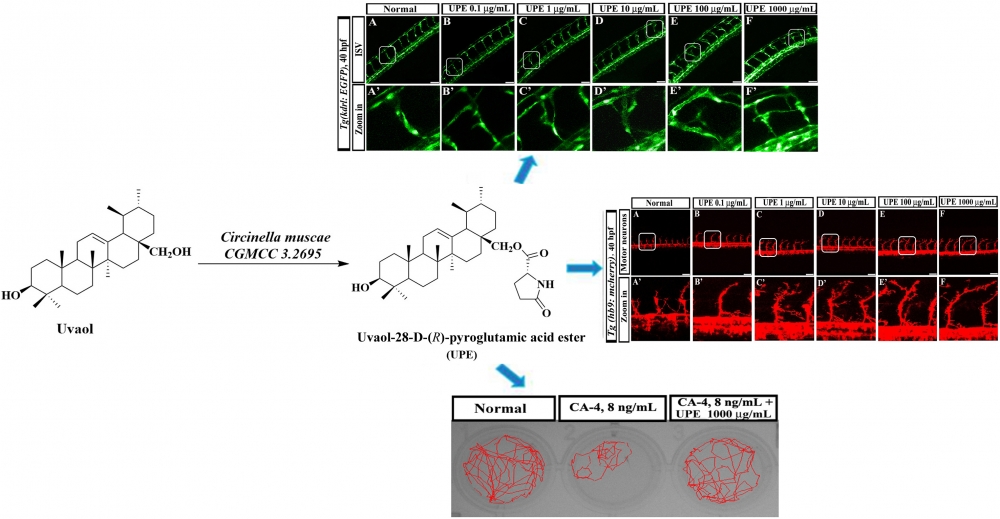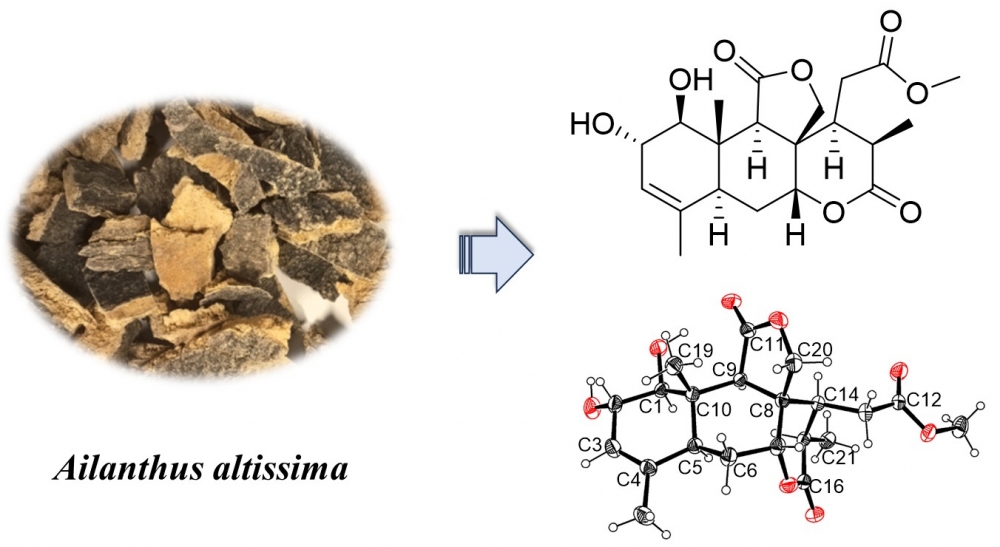Records of Natural Products
A scientific open access journal in the field of natural products.LATEST ARTICLES
Comprehensive phytochemical profiling and cell-free in vitro bioactivity assessment of the endemic Campanula kirikkaleensis Dönmez & Güner

This study presents the first comprehensive evaluation of the phytochemical profile and cell-free antioxidant and enzyme inhibitory activities of the endemic Campanula kirikkaleensis Dönmez & Güner. n-Hexane, chloroform, and 70% methanol extracts from aerial parts and roots were investigated for their phytochemical composition and bioactivities. GC-FID/MS analyses revealed phytol (14.2%) as the main volatile in aerial parts and hexadecanoic acid (22.5%) in roots. MSD-SPME identified 3-ethyl-3,4-dihydro-2(1H)-quinoxalinone as the major shared volatile (9.8% in aerial parts; 14.5% in roots). Linoleic acid was the predominant fatty acid in both parts (26.4% in aerial parts; 22.3% in roots). LC-HRMS highlighted rutin (525.29 mg/100g dry plant) in aerial parts and chlorogenic acid (24.78 mg/100g dry plant) in roots as dominant phenolics. The 70% methanol aerial extract showed the strongest antioxidant activity (DPPH IC₅₀: 0.14 ± 0.02 mg/mL; CUPRAC: 375.1 ± 12.2 mM Trolox), while the highest TEAC value was recorded in the chloroform root extract (1.27 ± 0.02 mM). The same methanol extract also demonstrated the most potent α-amylase inhibition (IC₅₀: 0.537 ± 0.042 mg/mL). ICP-OES analysis revealed calcium as most abundant in aerial parts (24.9 mg/g) and potassium in roots and flowers (11.7 and 19.0 mg/g). These findings provide a detailed chemical and bioactivity profile of C. kirikkaleensis, supporting its potential for future pharmacological investigations.
DOI http://doi.org/10.25135/rnp.2509.3644 Keywords Campanula kirikkaleensis phytochemical profile antioxidant activity LC-HRMS GC-FID/MS. DETAILS PDF OF ARTICLE © 2026 ACG Publications. All rights reserved.Uvaol-28-D-(R)-pyroglutamic acid ester: a new triterpenoid compound from Circinellamuscae CGMCC 3.2695 and its activity assessment in transgenic zebrafish

A novel triterpenoid compound named Uvaol-28-D-(R)-pyroglutamic acid ester (UPE) was obtained via microbial biotransformation of uvaol by Circinella muscae CGMCC 3.2695. Its structure was elucidated by spectroscopic and mass-spectrometric analyses, including 1D-, 2D-NMR and HR-ESI-MS. UPE administration promotes intersegmental vessel (ISV) growth and motor neuron development in transgenic zebrafish embryos in a concentration-dependent manner. Furthermore, UPE significantly restored the swimming distance in zebrafish exposed to combretastatin A-4 (CA-4), as assessed by ESOvision behavioral analysis. These findings suggest that UPE holds promise for the treatment of cardiovascular and cerebrovascular diseases.
DOI http://doi.org/10.25135/rnp.2508.3620 Keywords Uvaol-28-D-(R)-pyroglutamic acid ester Circinella muscae CGMCC 3.2695 transgenic zebrafish intersegmental vessel motor neuronal axonal DETAILS PDF OF ARTICLE © 2026 ACG Publications. All rights reserved.Euphebranone F, a new acetophenone derivative fromthe Euphorbia fischeriana

Phytochemical investigation of the roots of Euphorbia fischeriana led to the isolation of a novel acetophenone derivative, named Euphebranone F (1), along with three known acetophenone analogs (2–4). The structure of the new compound, featuring a C-C linkage between the C-9 of the acetophenone unit and C-8′ of the phenylpropanoid moiety, was elucidated by extensive NMR and HRESIMS analysis, and its absolute configuration was determined by ECD calculations. Cytotoxic activity screening against human gastric cancer cell lines (MKN-45 and AGS) revealed that only compound 2 exhibited moderate antiproliferative activity against MKN-45 cells.
DOI http://doi.org/10.25135/rnp.2511.3720 Keywords Euphorbia fischeriana Steud structure elucidation Euphebranone F acetophenone derivative DETAILS PDF OF ARTICLE © 2026 ACG Publications. All rights reserved.Vilmorinine G, a new quassinoid from Ailanthus altissima

A new quassinoid, named vilmorinine G (1), along with two known congeners (2 and 3), has been isolated from the root bark of Ailanthus altissima (Mill.) Swingle. The structure of 1 was elucidated through spectroscopic evidence in NMR, HR-ESI-MS, and ECD. The absolute configuration of 1 was further confirmed by X-ray crystallography.
DOI http://doi.org/10.25135/rnp.2509.3645 Keywords Quassinoid Ailanthus altissima absolute configuration DETAILS PDF OF ARTICLE © 2026 ACG Publications. All rights reserved.
